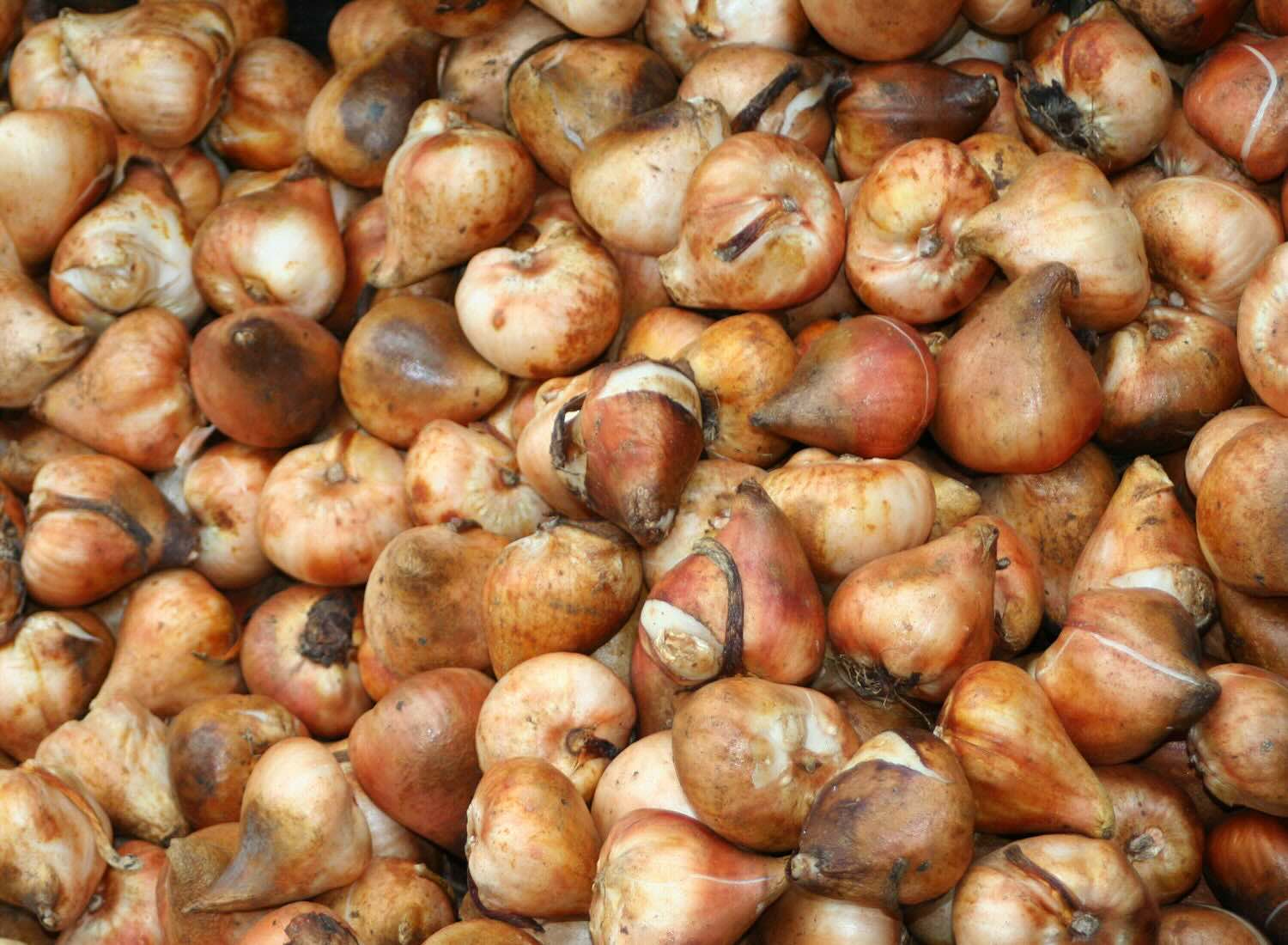

Articles
How To Store Tulip Bulbs After Flowering
Modified: February 23, 2024
Learn how to store tulip bulbs after flowering in this informative articles. Keep your bulbs safe and ready for the next growing season.
(Many of the links in this article redirect to a specific reviewed product. Your purchase of these products through affiliate links helps to generate commission for Storables.com, at no extra cost. Learn more)
Introduction
Tulips are beautiful spring-flowering bulbs that add color and cheer to any garden. After enjoying their stunning blooms, many gardeners wonder how to store tulip bulbs to ensure their longevity and future growth. Proper storage of tulip bulbs is crucial for their success in the next growing season.
In this article, we will explore the reasons for storing tulip bulbs, the optimal time for storage, and the steps to prepare and store tulip bulbs effectively. We will also cover different storage methods, including storing tulip bulbs in containers or in the ground. Additionally, we will discuss how to check on stored tulip bulbs and when to plant them for maximum growth.
If you’re ready to learn the best practices for storing tulip bulbs and ensuring their successful bloom next year, let’s delve into the details!
Key Takeaways:
- Properly storing tulip bulbs after flowering allows for future blooms, cost savings, and preservation of sentimental value. Follow the guidelines to ensure successful storage and vibrant blooms year after year.
- Whether storing tulip bulbs in containers or in the ground, timing, preparation, and monitoring are essential for their health and viability. Plant them at the right time for stunning spring displays.
Read more: How To Store Bulbs After Flowering
Why Store Tulip Bulbs
Storing tulip bulbs is essential for several reasons. Firstly, tulip bulbs need a period of dormancy in order to rejuvenate and prepare for the next growing season. By storing them properly, you allow them to go through this necessary dormant phase.
Secondly, storing tulip bulbs allows you to save and preserve the bulbs for future use. This is particularly beneficial if you have a limited budget or if you want to expand your tulip collection without purchasing new bulbs each year. By storing your tulip bulbs, you can reuse them and enjoy their beautiful blooms for many seasons to come.
Furthermore, storing tulip bulbs allows you to control the growing conditions. Some tulip varieties may not be suitable for your region’s climate, or you may have limited space in your garden. By storing the bulbs, you can choose the right time and place to plant them, ensuring optimal growing conditions and success.
Lastly, tulip bulbs are a cherished possession for many gardeners. They often hold sentimental value, as they may have been passed down through generations or acquired from special occasions. By storing and preserving these bulbs, you can continue the tradition and keep the memories alive.
Overall, storing tulip bulbs is a practical and strategic approach to ensure their health, longevity, and availability for future planting seasons. It allows you to control the growing conditions, save money, and preserve the sentimental value of these beautiful flowers.
When to Store Tulip Bulbs
The timing for storing tulip bulbs is crucial to their successful storage and future growth. The best time to store tulip bulbs is after the foliage has turned yellow or brown and completely died back. This usually occurs in late spring or early summer, depending on your climate and the specific tulip variety.
It’s important to allow the tulip bulbs to remain in the ground for as long as possible after flowering. This gives them ample time to absorb nutrients and energy from the foliage, which will nourish the bulbs and promote their growth in the following year. Removing the foliage too early can weaken the bulbs and result in poor performance.
Once the foliage has completely withered, carefully dig up the tulip bulbs using a garden fork or shovel. Be cautious not to damage the bulbs during the digging process. Gently shake off any excess soil, but avoid removing the outer dry papery layer that protects the bulb.
If you live in a region with a warm climate or mild winters, where the ground doesn’t freeze, you may choose to leave the tulip bulbs in the ground and only dig them up if necessary. However, it is still recommended to store tulip bulbs in a cool and dry place, even in these conditions.
Remember, the key is to store tulip bulbs after the foliage has naturally died back, allowing the bulbs to fully mature and gather energy for the next growing season.
Now that we know when to store tulip bulbs let’s move on to how to prepare them for storage.
How to Prepare Tulip Bulbs for Storage
Properly preparing tulip bulbs for storage is essential to their long-term viability. Follow these steps to ensure your tulip bulbs are ready for storage:
- Cleaning: Begin by carefully removing any remaining soil or debris from the bulbs. Gently brush or shake off the excess dirt, taking care not to damage the bulb or remove the dried outer layer.
- Drying: Allow the tulip bulbs to air dry for a few days in a well-ventilated area. This will help them cure and harden, preventing moisture-related issues during storage.
- Inspecting: Examine each bulb for any signs of damage, disease, or rot. Discard any bulbs that appear soft, mushy, or moldy, as these can spread disease to healthy bulbs in storage.
- Trimming: Trim off any excess foliage or roots from the bulbs, leaving only a short stub. This helps minimize moisture loss and prevents the bulbs from drying out too quickly.
- Labeling: It’s a good idea to label your tulip bulbs before storing them. Use a marker or label to note the variety and color of each bulb. This will help you organize and plan your plantings in the future.
- Storage Containers: Choose appropriate storage containers for your tulip bulbs. Avoid using plastic bags, as they can trap moisture and lead to rot. Instead, opt for mesh bags, paper bags, or shallow wooden crates that provide adequate airflow.
- Storage Medium: Place the bulbs in a suitable storage medium. A popular and effective option is using clean, dry peat moss, vermiculite, or sawdust. These materials help regulate moisture levels and prevent the bulbs from drying out or becoming too damp.
- Storage Location: Find a cool, dark, and well-ventilated area for storing your tulip bulbs. Ideally, the temperature should be between 40-50°F (4-10°C). Avoid areas that are prone to moisture or temperature fluctuations, such as basements or attics.
By following these steps, you will ensure that your tulip bulbs are in optimal condition for storage and ready to grow successfully in the next planting season.
Next, we will discuss different options for storing tulip bulbs, whether in containers or in the ground.
Where to Store Tulip Bulbs
When it comes to storing tulip bulbs, the key is to find a suitable location that provides the right conditions for their preservation. Here are a few options for where to store tulip bulbs:
- Cool and Dry Cellar: If you have a cool and dry cellar or basement, this can be an ideal storage location for tulip bulbs. Ensure that the area has good ventilation and is free from dampness. The temperature should be around 40-50°F (4-10°C) to maintain the bulbs’ dormancy phase.
- Refrigerator: If you live in a region with mild winters, where the ground doesn’t freeze, you can store tulip bulbs in the refrigerator. Place the bulbs in a breathable bag or a container with holes to allow for proper airflow. Keep them in the vegetable crisper drawer, away from fruits, as ethylene gases emitted by fruits can negatively affect the bulbs.
- Garage or Shed: A garage or shed can be suitable for storage if it meets the necessary temperature and humidity requirements. Make sure the area is well-ventilated and insulated, with stable temperatures. Protect the bulbs from extreme cold or heat, as well as pests and rodents.
- Cool and Dark Closet: If you have a closet in a cool, dark, and dry area of your home, it can serve as a temporary storage spot for tulip bulbs. Make sure the closet remains well-ventilated and is free from moisture. Keep in mind that the temperature should still be relatively cool, around 40-50°F (4-10°C).
Regardless of the storage location you choose, it’s important to regularly check on the bulbs and monitor the temperature and humidity levels. If you notice any signs of mold, rot, or excessive drying, adjust the storage conditions accordingly.
Now that you know where to store tulip bulbs, let’s explore the specific methods for storing them, whether in containers or in the ground.
Read more: How To Store Hyacinth Bulbs After Flowering
How to Store Tulip Bulbs in Containers
If you prefer to store your tulip bulbs in containers, here is a step-by-step guide to help you do so effectively:
- Selecting Containers: Choose containers that are large enough to accommodate the bulbs comfortably. Opt for breathable containers such as mesh bags, paper bags, or shallow wooden crates. Avoid using airtight plastic containers that can trap moisture and lead to bulb rot.
- Preparing the Bulbs: Follow the preparation steps mentioned earlier, including cleaning, drying, inspecting, trimming, and labeling the bulbs.
- Storage Medium: Fill the containers about one-third full with a suitable storage medium such as clean, dry peat moss, vermiculite, or sawdust.
- Arranging the Bulbs: Place the tulip bulbs in a single layer on top of the storage medium in the container. Avoid overcrowding the bulbs, as this can lead to damage or disease spread. Leave some space between each bulb.
- Adding the Storage Medium: Gently cover the bulbs with more of the storage medium, ensuring that they are completely surrounded and cushioned. The medium should be enough to protect the bulbs and maintain a stable moisture level.
- Labeling and Closing: Label the container with the variety and color of the tulip bulbs. Close the container, but make sure to leave some ventilation holes or gaps for airflow.
- Storage Location: Find a suitable storage location for the containers, following the guidelines mentioned earlier. Remember to maintain a cool and dark environment with a stable temperature of around 40-50°F (4-10°C).
While storing tulip bulbs in containers can provide convenience and easy accessibility, it’s essential to periodically check the bulbs for any signs of mold, rot, or excessive drying. Adjust the storage conditions if necessary to ensure the bulbs remain in good health.
Now that you know how to store tulip bulbs in containers, let’s explore the alternative method of storing them directly in the ground.
After tulip bulbs have finished flowering, allow the foliage to die back naturally. Once the leaves have turned yellow, carefully dig up the bulbs and store them in a cool, dry place until it’s time to replant them in the fall.
How to Store Tulip Bulbs in the Ground
If you prefer to store your tulip bulbs directly in the ground, you can follow these steps to ensure their safekeeping:
- Preparing the Bulbs: Start by preparing the tulip bulbs for storage. Clean them gently, removing any soil or debris. Allow them to air dry for a few days to cure and harden.
- Inspecting the Bulbs: Examine each bulb carefully for signs of damage, disease, or rot. Discard any bulbs that appear soft, mushy, or moldy, as they can impact the health of the surrounding bulbs.
- Choosing the Location: Select a suitable area in your garden to store the bulbs. It should be well-draining and provide enough space for the bulbs to be planted with ample room between them.
- Preparing the Ground: Prepare the ground by loosening the soil and removing any weeds or debris. You can add compost or organic matter to improve the soil’s fertility and drainage.
- Planting the Bulbs: Dig holes with a garden trowel or bulb planter, ensuring they are deep enough to accommodate the bulbs. Follow the recommended planting depth for the specific tulip variety you have. Place the bulbs in the holes with the pointed end facing up.
- Spacing the Bulbs: Leave enough space between the bulbs to allow for their growth and for proper airflow. Typically, a spacing of 4-6 inches (10-15 cm) between bulbs is recommended.
- Protecting the Bulbs: Once the bulbs are planted, cover them with soil, gently patting it down to eliminate any air pockets. Water the area thoroughly to ensure proper hydration.
- Adding Mulch: Apply a layer of organic mulch, such as straw or wood chips, on top of the planted bulbs. This will help insulate the bulbs and protect them from extreme temperature fluctuations.
In regions with mild winters, where the ground doesn’t freeze, leaving tulip bulbs in the ground can be a viable storage option. However, it’s important to monitor the soil moisture and drainage to prevent bulb rot during periods of heavy rainfall.
Remember to mark the location where you’ve stored tulip bulbs, so you don’t accidentally disturb or damage them when working in the garden.
Now that you know how to store tulip bulbs in the ground, let’s discuss how long you should store them and how to check their condition.
How Long to Store Tulip Bulbs
The duration of tulip bulb storage depends on various factors, including the method of storage, the health of the bulbs, and the specific tulip variety. In general, tulip bulbs can be stored for several months to a year before they need to be replanted.
If you are storing tulip bulbs in containers or in the ground, it is recommended to keep them in storage until the optimal planting time in your region. This is typically in the fall, when the soil has cooled down, but hasn’t yet frozen.
It’s important to note that tulip bulbs have a limited storage life, and their viability may decline over time. While some tulip varieties can remain viable for up to two years, others may start to lose vigor and have reduced blooming potential after one year. It’s always best to consult the specific guidelines for the tulip variety you are storing.
To ensure the best chance of success, it’s advisable to plant tulip bulbs as soon as possible after the storage period. This will give them ample time to establish roots and go through the necessary chilling period required for blooming.
Remember to periodically check the stored tulip bulbs for any signs of damage, disease, or rot. If you notice any bulbs showing signs of decay, remove them immediately to prevent the spread of infection to other bulbs in storage.
Next, let’s explore how to check the condition of stored tulip bulbs to ensure their health and viability before planting.
How to Check Stored Tulip Bulbs
Before planting your stored tulip bulbs, it’s essential to check their condition to ensure they are healthy and viable. Here are the steps to follow when inspecting stored tulip bulbs:
- Inspect the Bulbs: Carefully examine each bulb for any signs of damage, disease, or rot. Look for soft spots, mold, or discoloration. Remove any bulbs that appear unhealthy or infected.
- Check for Firmness: Gently squeeze the remaining bulbs to assess their firmness. Bulbs should feel firm and solid. If they feel mushy or squishy, it indicates rot or decay.
- Inspect the Foliage: Examine the foliage attached to the bulbs. Healthy foliage should be dry and papery. If it appears moist, limp, or discolored, it may indicate disease or poor storage conditions.
- Check for Mold: Look for any signs of mold on the surface of the bulbs. Moldy bulbs should be discarded to prevent the spread of infection to other bulbs.
- Assess the Size: Compare the size of the stored bulbs to when they were originally planted. If the bulbs have significantly shrunk in size, it may indicate dehydration or poor storage conditions.
- Smell Test: Take a sniff of the bulbs. Healthy bulbs should have a clean, earthy scent. If there is a foul or musty odor, it may be a sign of rot or disease.
By conducting a thorough inspection and following these steps, you can identify any issues with the stored tulip bulbs and take appropriate action. Removing unhealthy bulbs will prevent the spread of disease and ensure that only viable bulbs are planted.
Remember, it’s always better to be cautious and discard any bulbs that appear questionable. It’s better to plant healthy bulbs for optimal growth and blooming in the next season.
Now that you know how to check the condition of stored tulip bulbs, let’s discuss when it’s the right time to plant them for stunning spring blooms.
Read more: How To Store Tulip Bulbs
When to Plant Stored Tulip Bulbs
Planting stored tulip bulbs at the right time is crucial for their successful growth and blooming in the next season. The timing of planting depends on your climate and the specific tulip variety. Here are some general guidelines to follow:
In most regions, it’s recommended to plant tulip bulbs in the fall, before the ground freezes. This allows the bulbs to establish roots and go through the necessary chilling period required for blooming. Aim to plant the bulbs around 6-8 weeks before the first expected frost date in your area.
If you live in a region with mild winters and the ground doesn’t freeze, you can potentially plant tulip bulbs in late winter or early spring. However, keep in mind that tulips require a certain number of cold chilling hours to bloom, so they might not perform as well in areas with milder climates.
If you are uncertain about the best planting time for your tulip bulbs, consult the specific recommendations for the variety you are growing. Different tulip varieties have different chilling requirements and optimal planting times.
When planting the bulbs, ensure they are planted at the appropriate depth. Generally, tulip bulbs should be planted 2-3 times their own height deep. This means that larger bulbs should be planted deeper than smaller bulbs.
Take care to plant tulip bulbs in well-drained soil, as they are prone to rot in overly wet conditions. If your soil is heavy or has poor drainage, consider amending it with organic matter or planting the bulbs in raised beds to improve drainage.
After planting, provide the bulbs with a thorough watering to help settle the soil and initiate growth. Mulch the area with a layer of organic material, such as straw or wood chips, to help insulate the bulbs and suppress weed growth.
With proper planting and care, your stored tulip bulbs will reward you with vibrant blooms in the spring, adding beauty and color to your garden.
Now that you know when to plant stored tulip bulbs, let’s summarize the key points we’ve covered in this article.
Conclusion
Storing tulip bulbs after flowering is a crucial step in ensuring their health, viability, and future blooming. By properly preparing and storing tulip bulbs, you can enjoy their beauty and color for many seasons to come.
We discussed the reasons for storing tulip bulbs, emphasizing the importance of allowing them to go through a dormant phase and preserving them for future use. Whether you want to control the growing conditions, save money, or hold onto sentimental bulbs, storing tulip bulbs is a practical and strategic approach.
We explored the optimal timing for storing tulip bulbs, waiting until the foliage has completely died back, and the bulbs have absorbed enough nutrients for their next growing season. Whether you choose to store the bulbs in containers or in the ground, it’s essential to follow the right procedures.
Throughout this article, we provided step-by-step instructions and guidelines for preparing and storing tulip bulbs effectively. From cleaning and drying the bulbs to choosing suitable storage containers and locations, we covered the necessary details to ensure success.
We also addressed the important considerations when storing tulip bulbs in containers or in the ground. Each method has its advantages and requirements, allowing you to choose the approach that best suits your needs and circumstances.
Furthermore, we discussed the duration of tulip bulb storage, noting that tulip bulbs can be stored for several months to a year before replanting. Regularly checking the condition of stored tulip bulbs is crucial to identify any issues and discard unhealthy bulbs.
Lastly, we emphasized the importance of planting stored tulip bulbs at the right time to guarantee their growth and blooming. The specific planting time will depend on your climate and the tulip variety, so be sure to check the recommendations for the bulbs you have.
By following the guidelines outlined in this article, you can successfully store tulip bulbs and enjoy their vibrant blooms year after year. With proper preparation, storage, and planting, your garden will be filled with the beauty and charm of tulips every spring.
Now, it’s time to roll up your sleeves, gather your tulip bulbs, and embark on the journey of storing them for a future season of breathtaking blooms.
Frequently Asked Questions about How To Store Tulip Bulbs After Flowering
Was this page helpful?
At Storables.com, we guarantee accurate and reliable information. Our content, validated by Expert Board Contributors, is crafted following stringent Editorial Policies. We're committed to providing you with well-researched, expert-backed insights for all your informational needs.
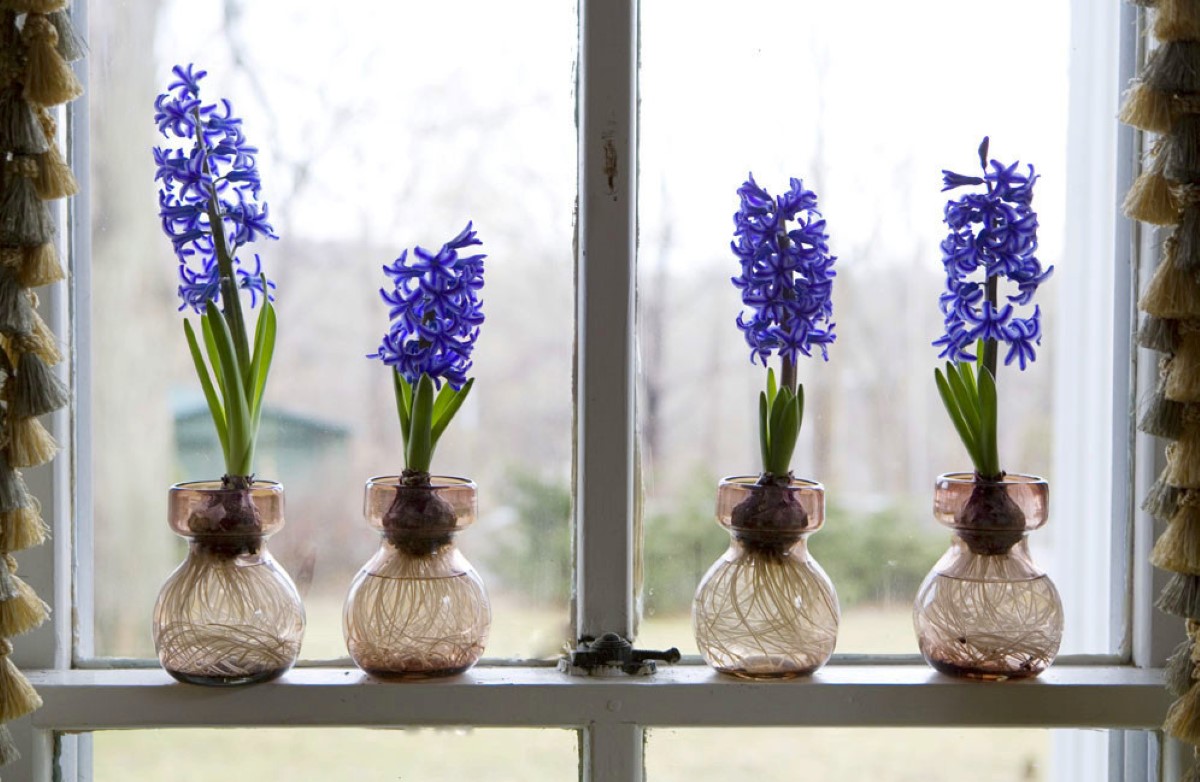
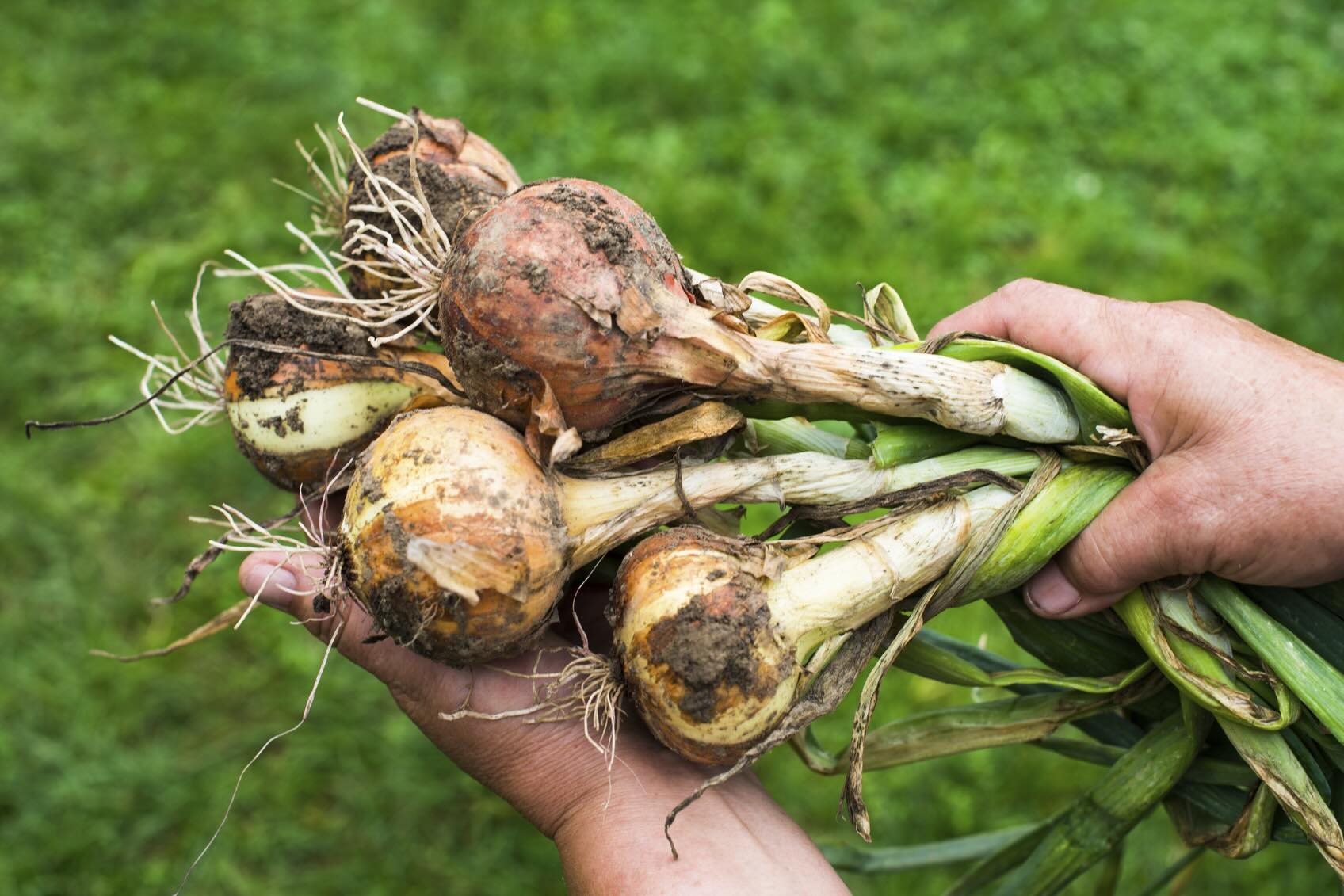

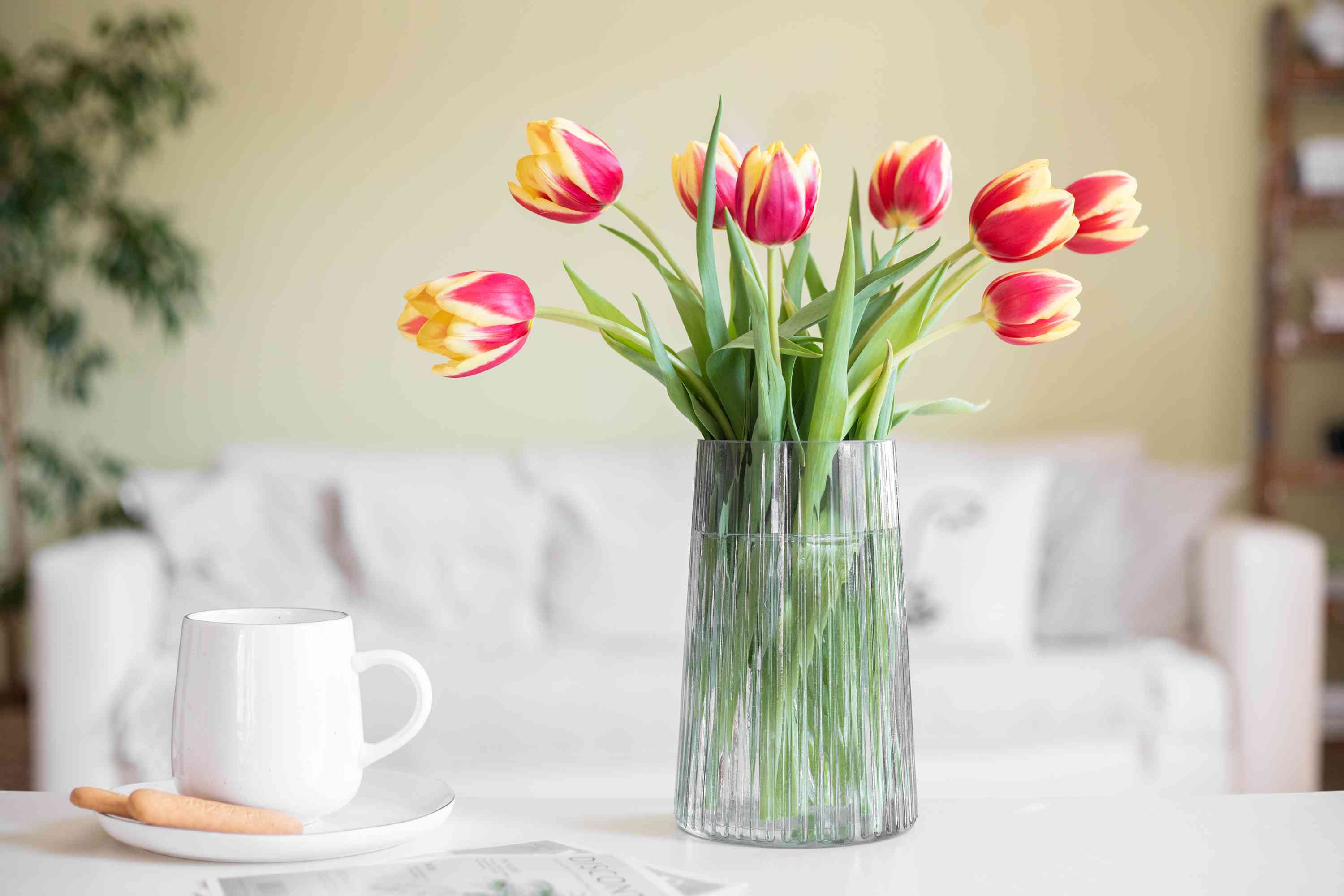
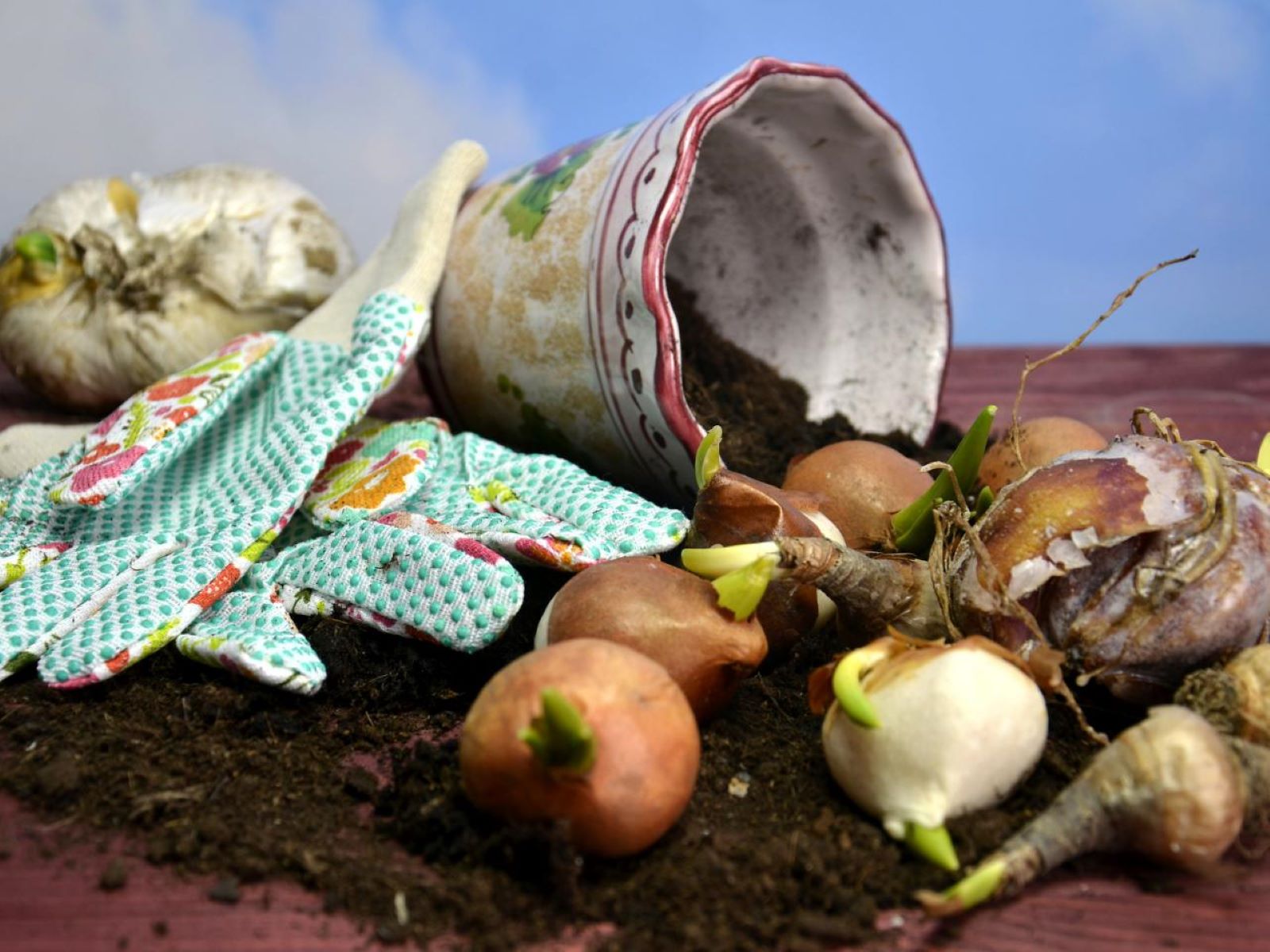
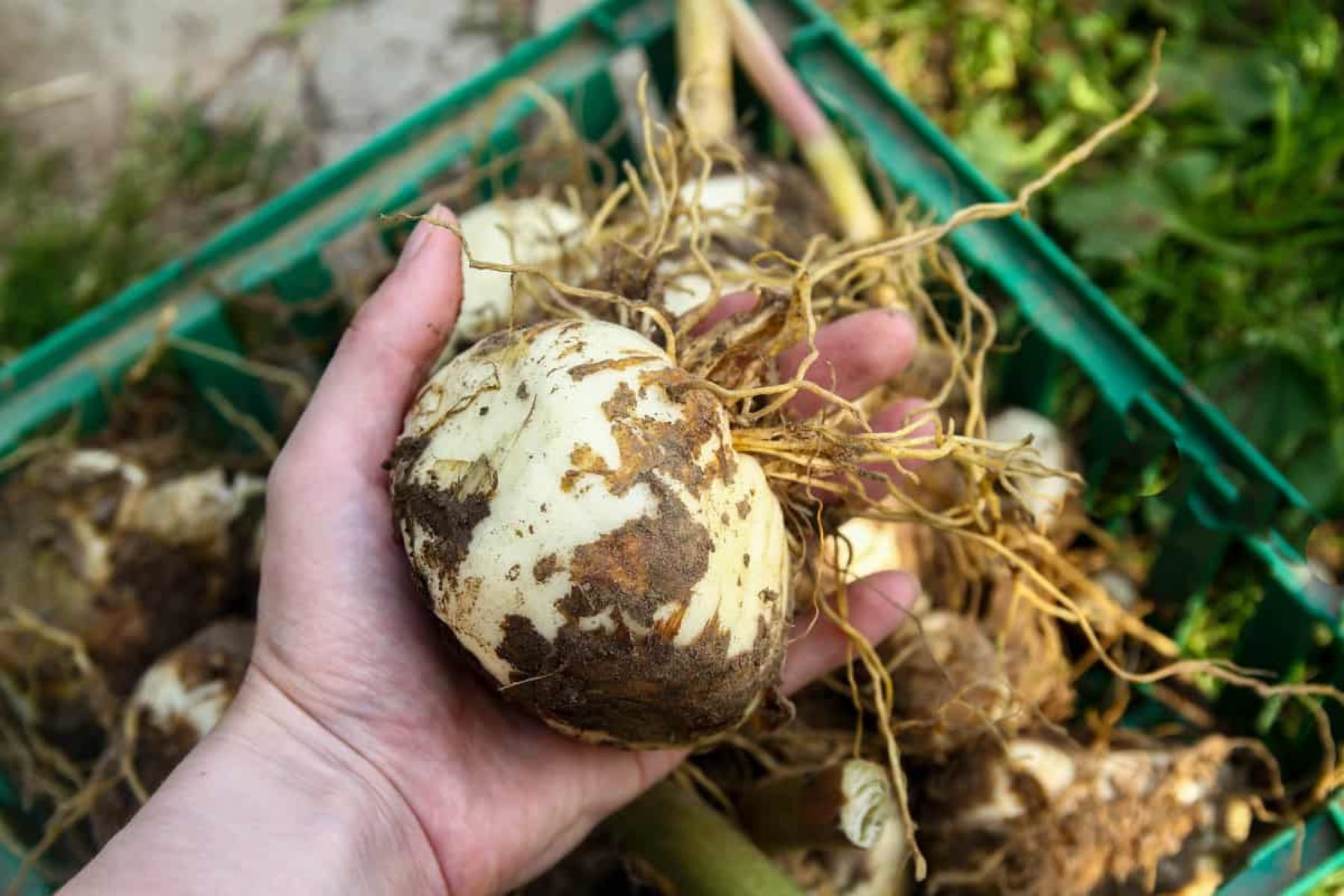
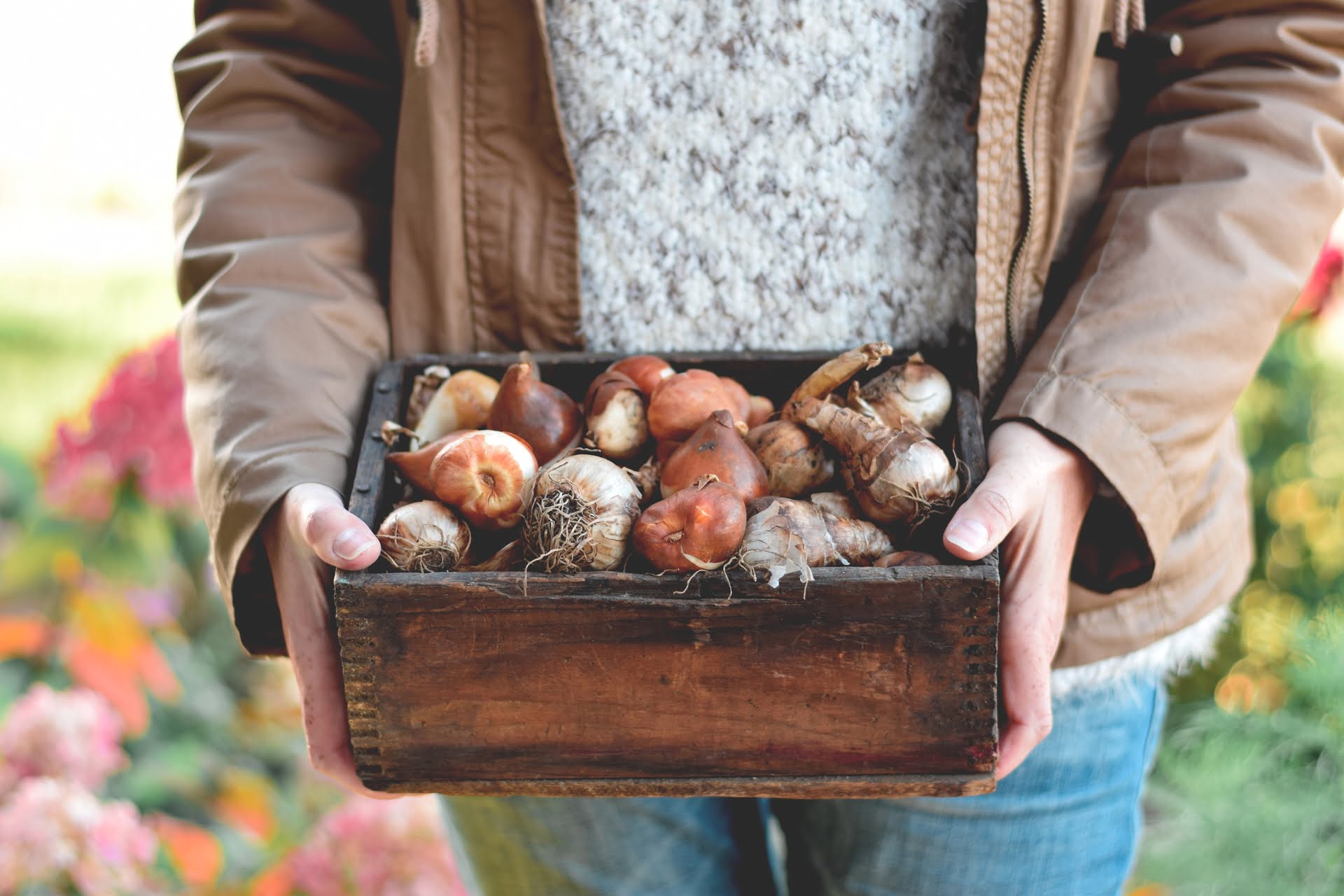
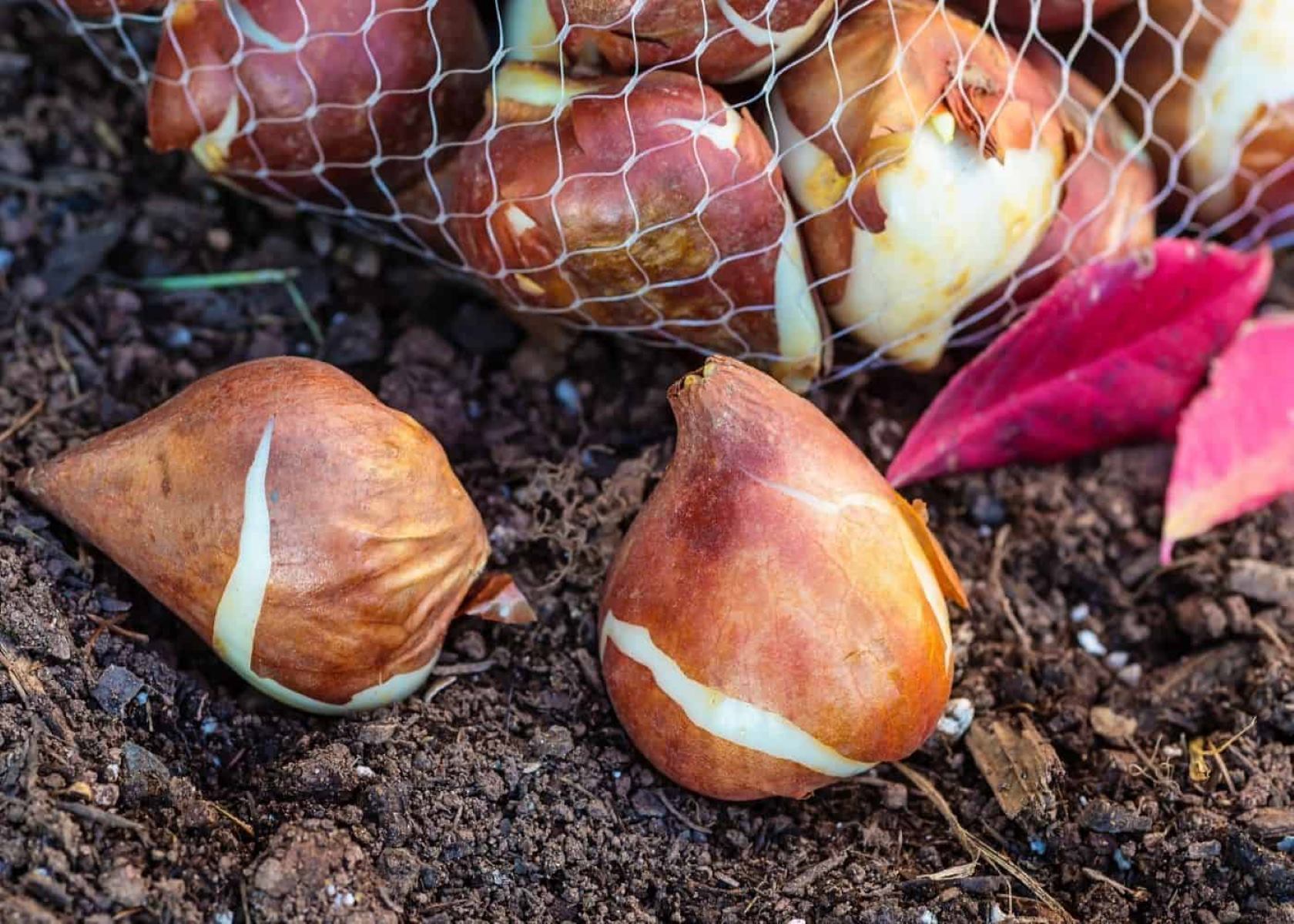
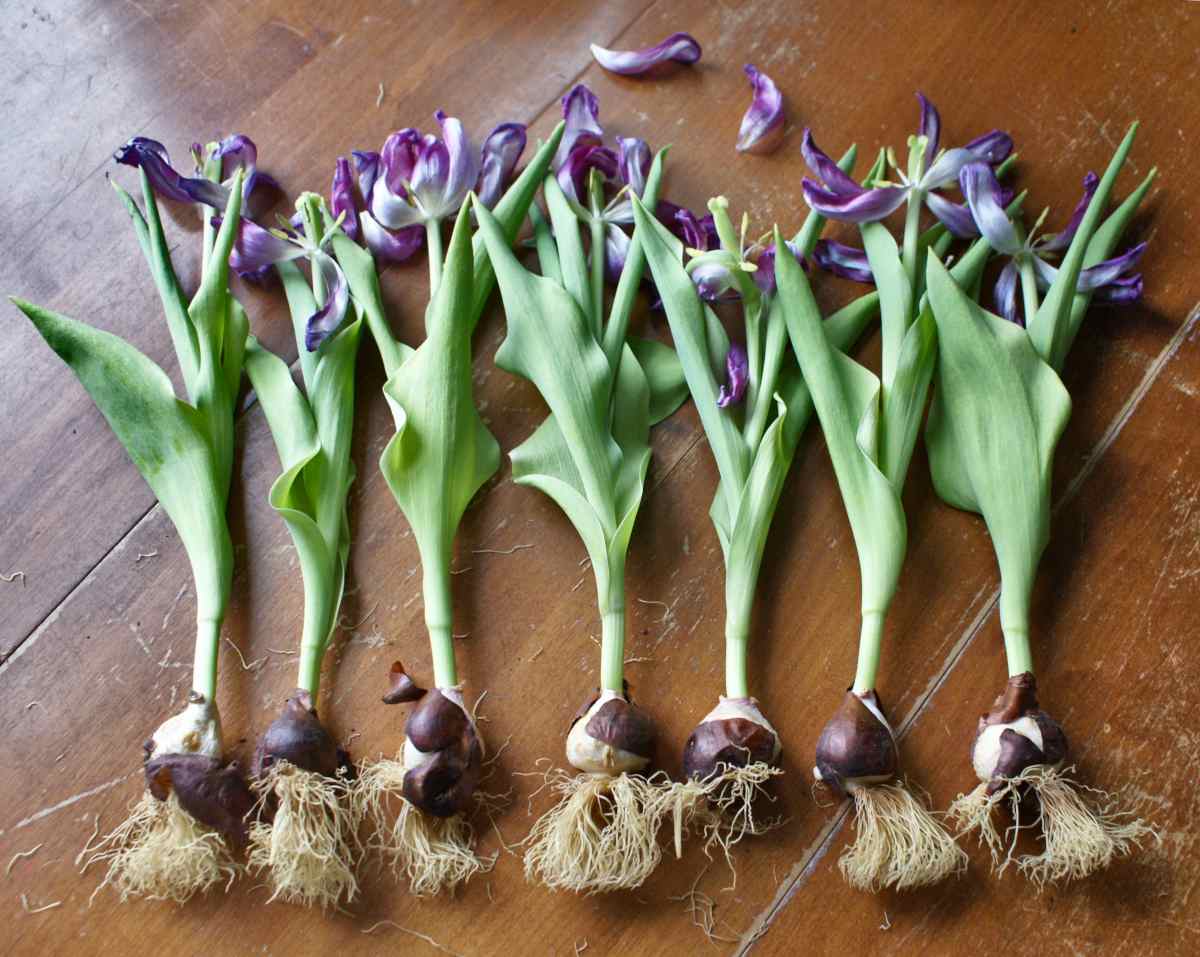
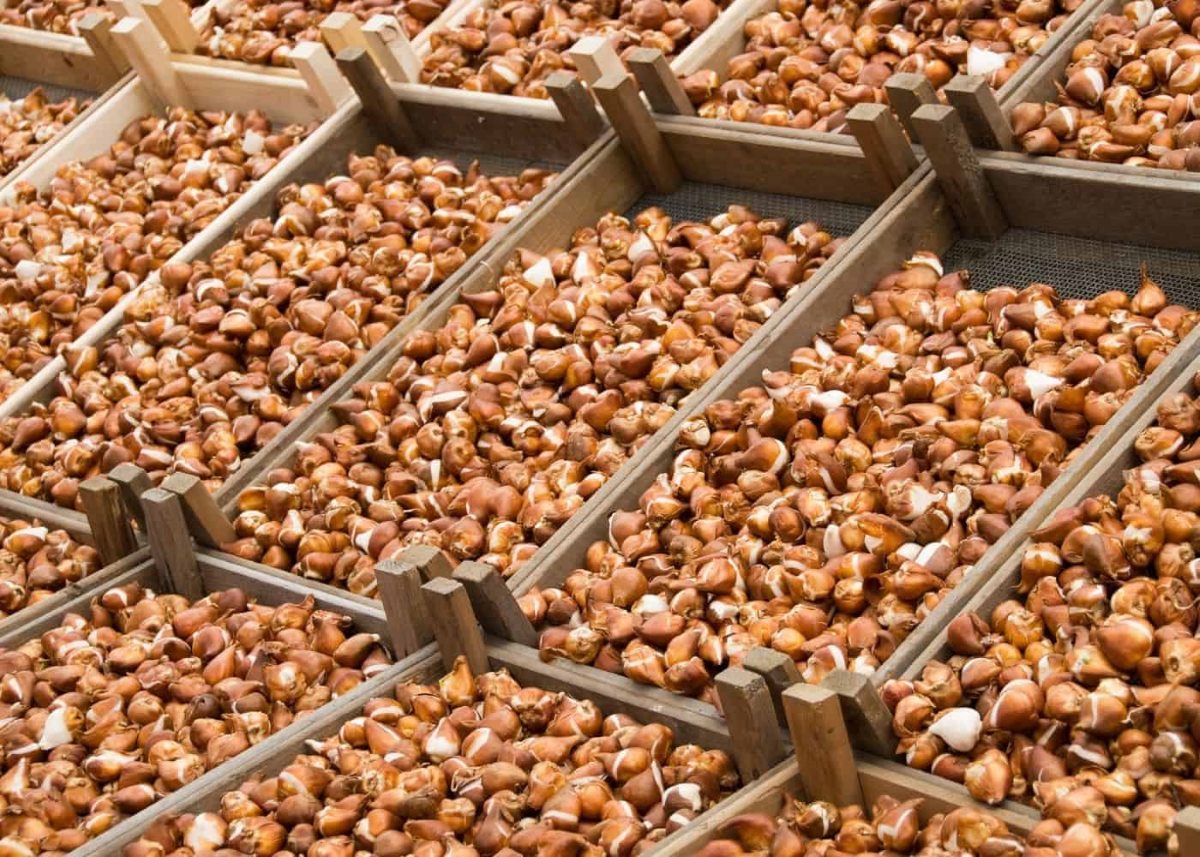
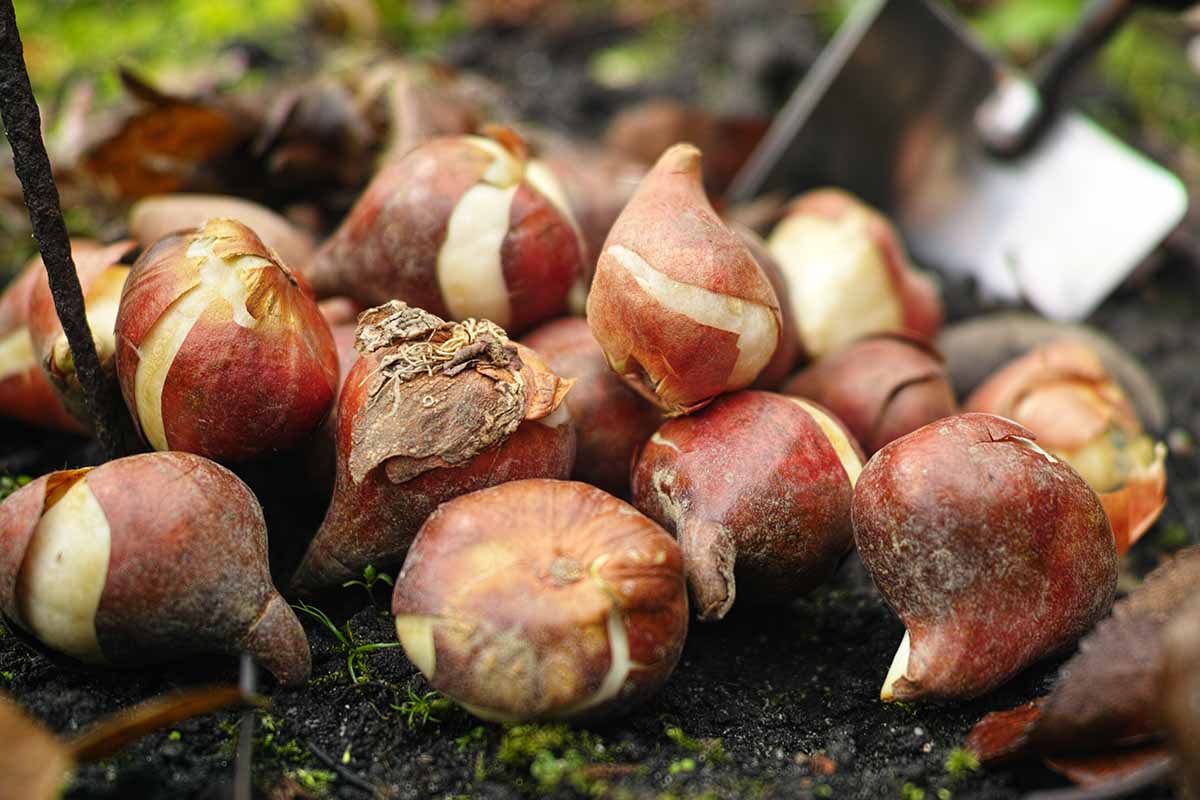
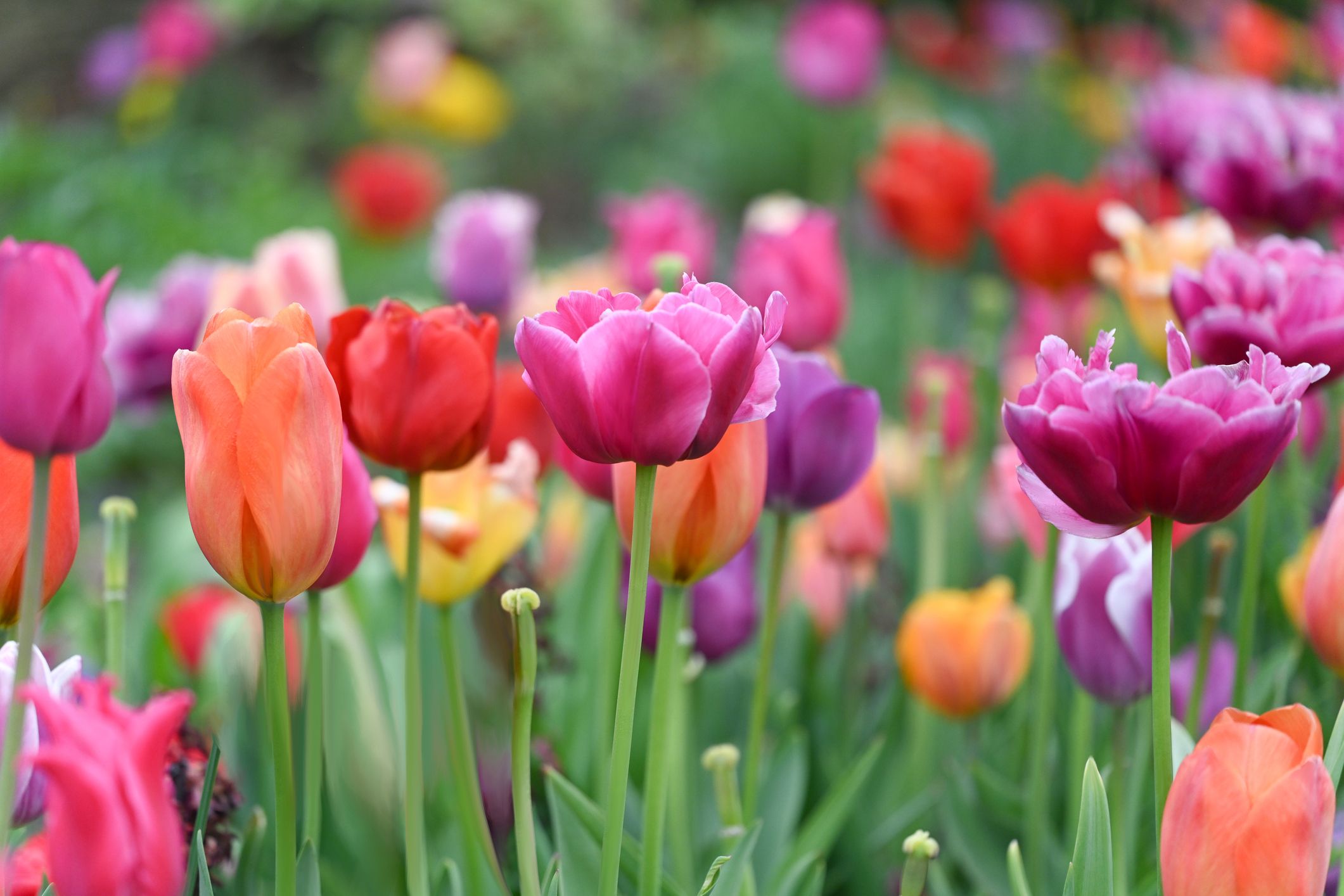
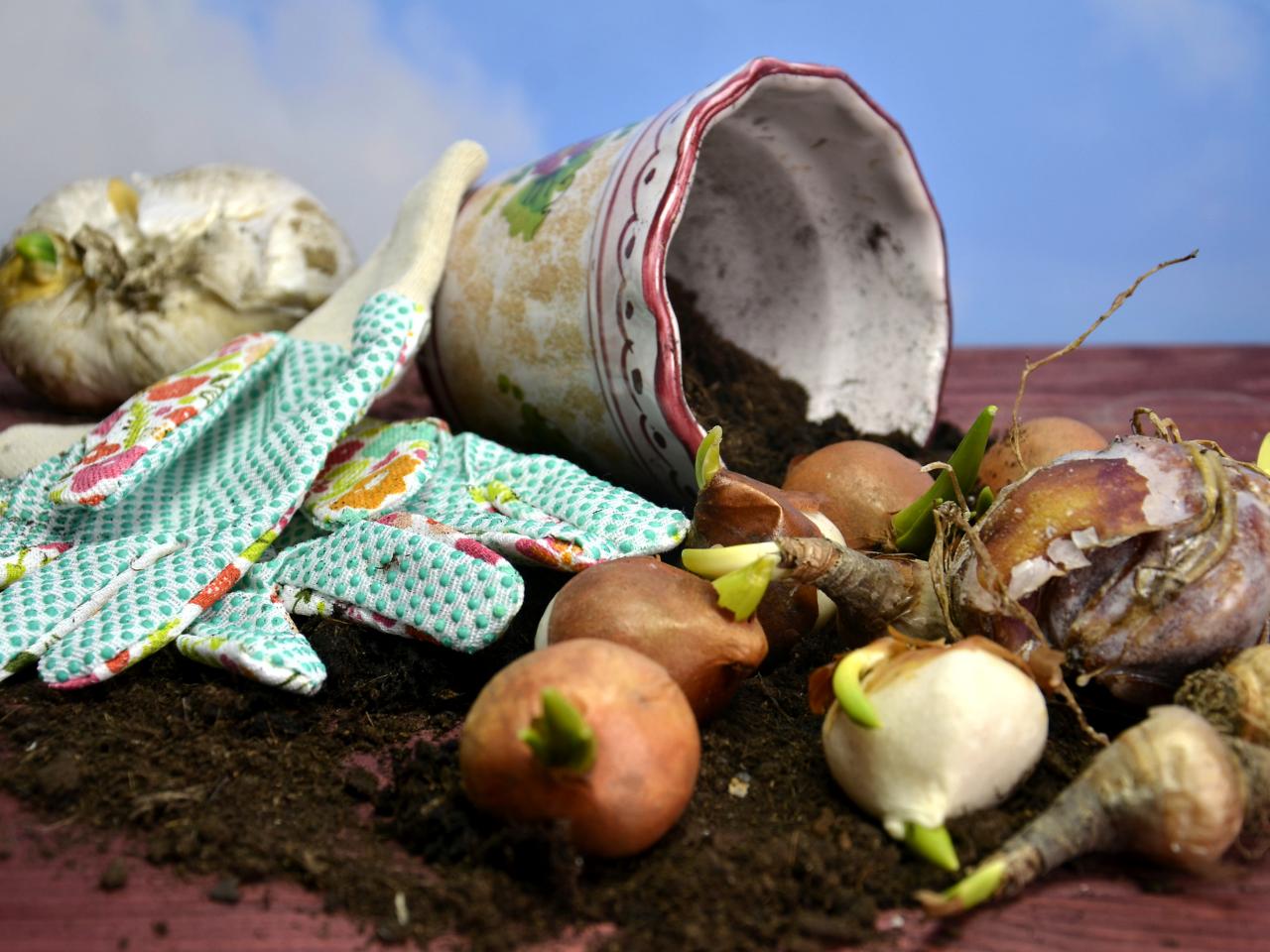

0 thoughts on “How To Store Tulip Bulbs After Flowering”